5 expert tips to help your plants survive the heat wave
With temperatures expected to soar across much of the world, our plants are also suffering from the extreme heat. And along with boosting our summer lawn care regime, it’s important to implement ways to help your plants survive the heat wave.
Whether you have favourite houseplants, flowerbeds, or a stunning wildflower garden in your yard, you’ll need to know how to care for plants in scorching temperatures. If not, your plants will be literally parched, struggle to thrive and will end up dying.
And while plant care often depends on the type of species, soil and climate, there are still some general tips that can help your plants beat the heat, and continue to thrive. So, if you want lush and healthy growth, follow these top tips to help your plants survive the heat wave.
1. Water deeply and early
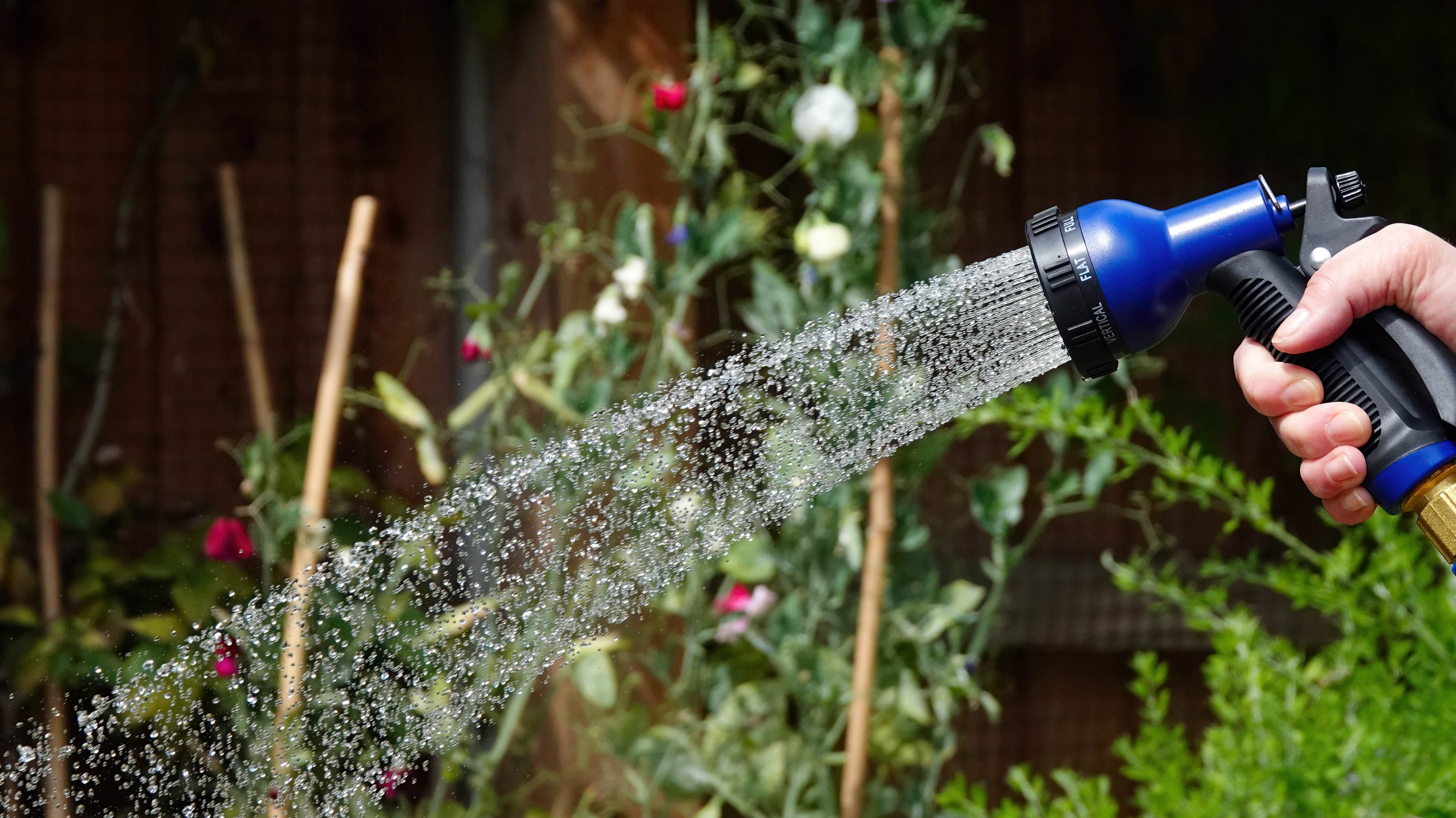
The key is to water your plants deeply, instead of frequent shallow waterings during a heat wave. When faced with extreme heat, plants rapidly lose moisture through transpiration. So by watering deeply, not only will you replenish their supply, but ensure they stay hydrated and healthy.
Generally, the best time to water plants in a heat wave is early in the morning or late evening. Watering before the sun reaches its intensity during the day will ensure that more water reaches the plants roots, without evaporating in the summer heat. “Water deeply at optimal times,” says Teri Valenzuela, Natural Science Manager at Sunday. “Watering in the early morning or evening can reduce opportunities for evaporation and encourage deeper root growth.”
In addition, watering deeply encourages the root system to grow stronger, and better equipped to withstand future stresses or heat waves.
2. Throw your plants some shade
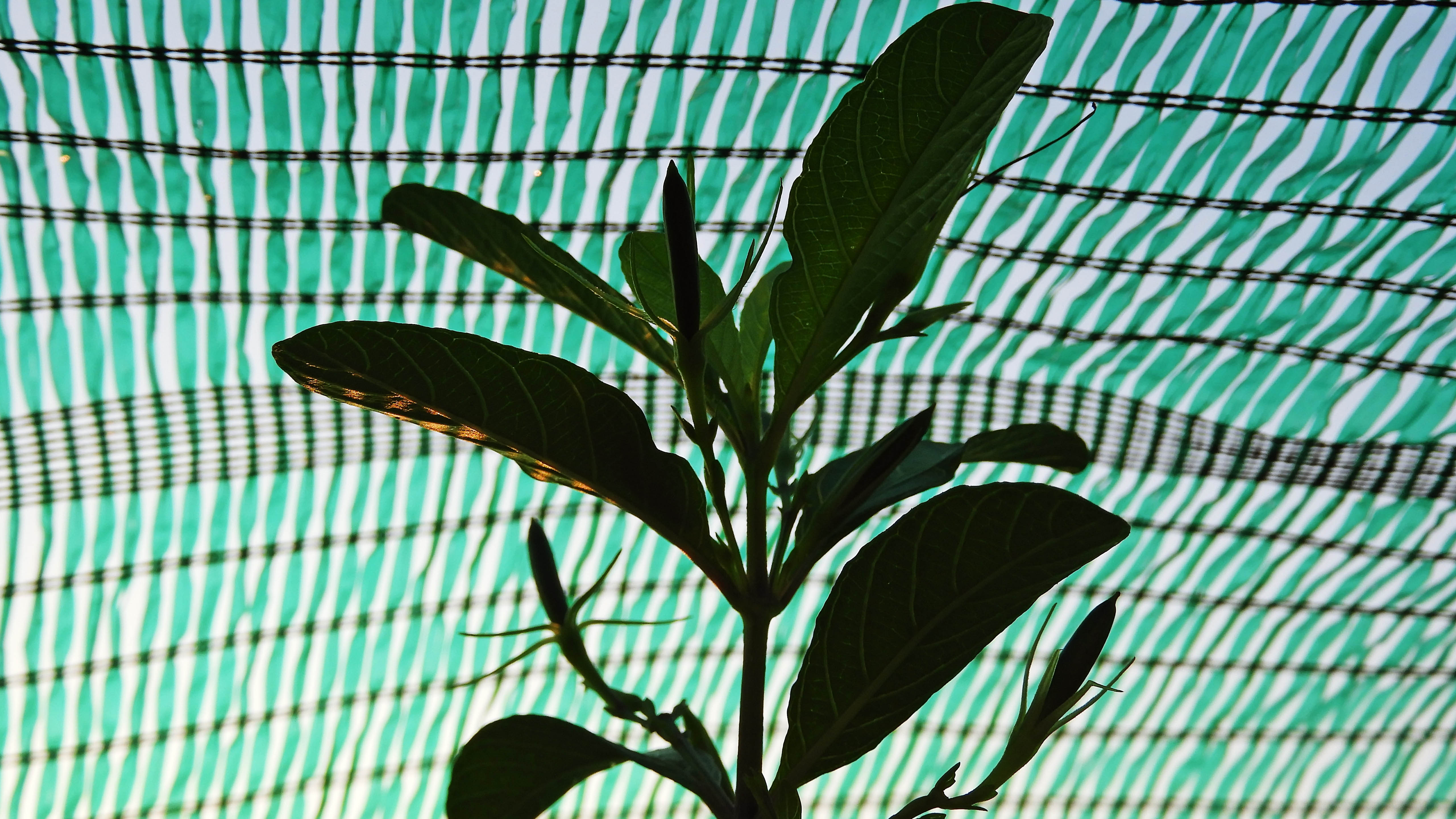
Even heat-loving types need protection from the sun, and it’s always best to give plants shade to prevent overheating and wilting.
Move potted plants to a shaded area or to a cooler location. If you have outdoor plants give them partial shade, or temporarily cover them with a fabric sun cloth. These are breathable layers of material like this Black Sun Net Sun Mesh Shade ($15, Amazon), that will block out sunlight and protect plants from heat. Younger plants in particular are unable to cope well with extreme heat, so you’ll need to place a shade cloth over them.
“Get potted plants in the shade as this heat can damage them, and in some cases, kill your plants before you realise.” advises Grant Ian Workman from National Greenhouse. This will also reduce the moisture loss from evaporation, and keep them hydrated after a good watering.
3. Mulch landscaped plants
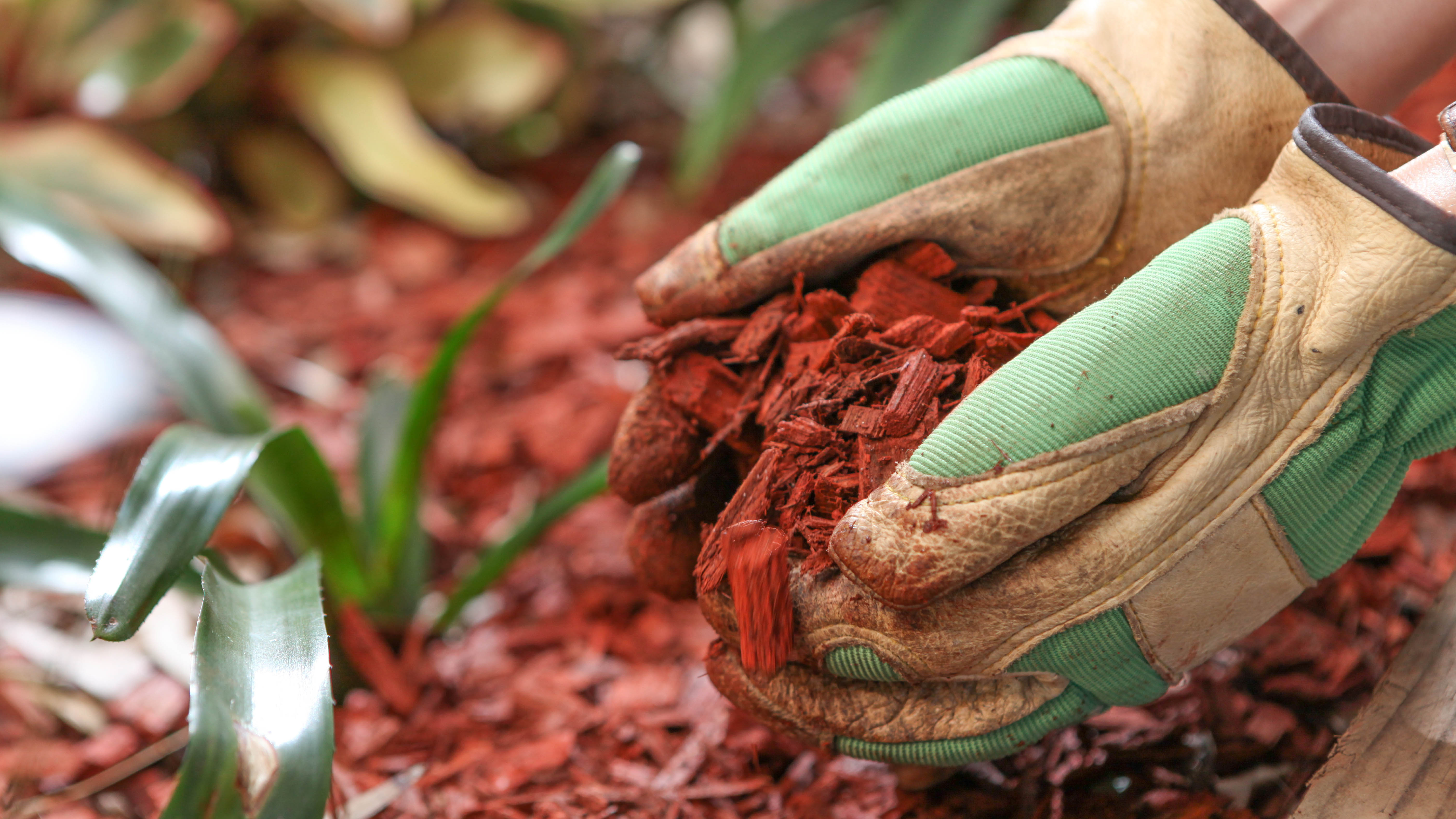
Another top tip is to add a thick layer of organic mulch to your landscaped plants in the yard. Essentially, mulching provides a layer on top of your soil, and is one of the simplest ways to protect your plants during a heat wave.
Not only does it help to retain moisture in the soil, but acts as an insulator against the sun’s UV rays. “Mulch your landscaped plants,” advises Valenzuela. “Add a layer of mulch around your landscape plants to retain soil moisture and cool plant roots.” In addition, mulch prevents the growth of weeds, which can also rob your plants of essential nutrients, and improves the soil in extreme heat.
Typically, there are two types of mulch — organic and synthetic. Organic mulch is composed of organic matter such as leaves, straw, bark or grass clippings. While synthetic or inorganic mulch consists of man-made materials, such as plastic and rubber, or it can be made up of stone and gravel.
If you want more top tips check out when you should replace mulch — and why it’s essential.
4. Don’t repot plants until after the heat wave
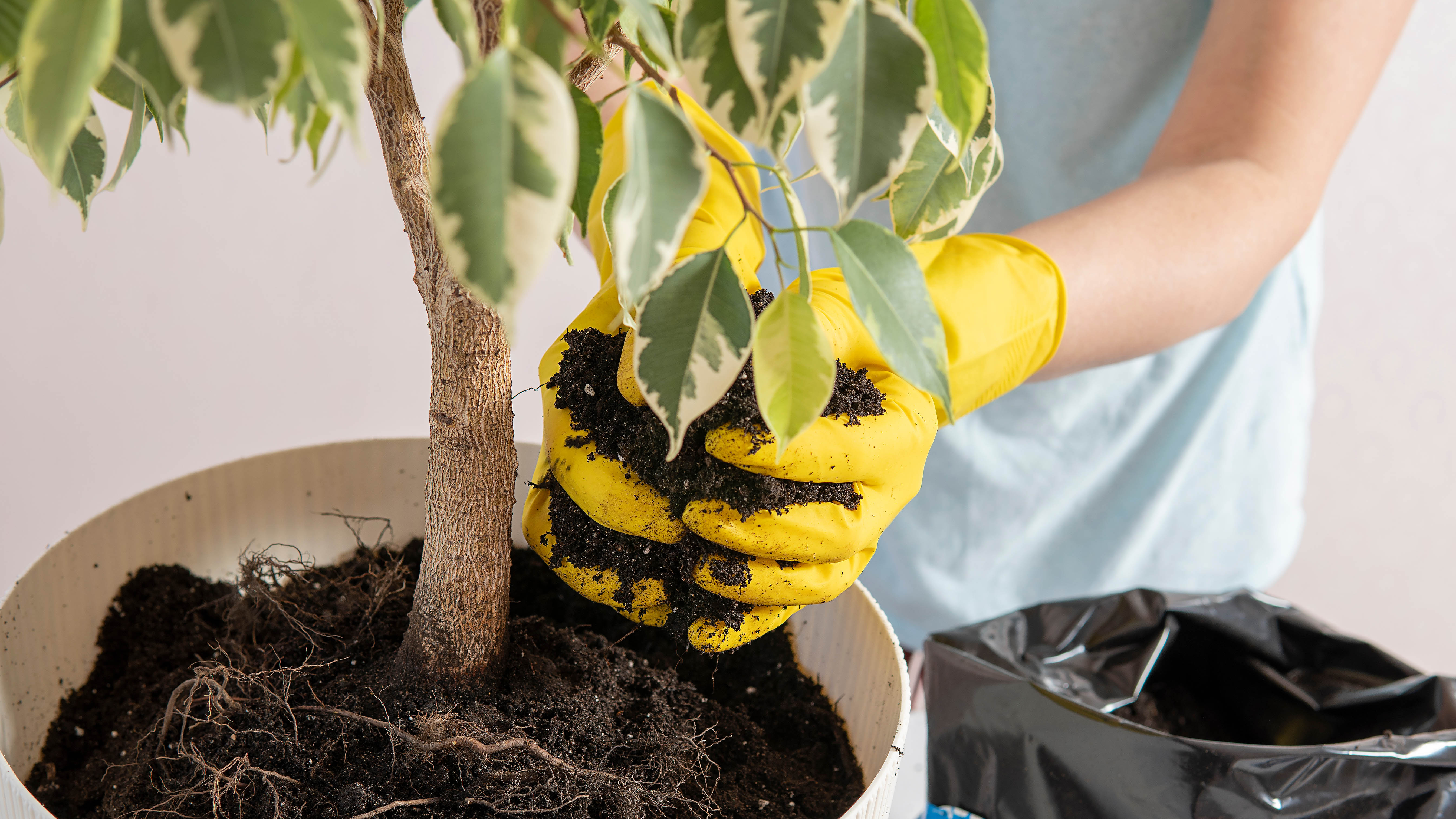
Although it might be time to repot your outdoor plants, experts advise to hold off and wait until the hot temperatures go down.
Transplanting in extreme heat and drier conditions may cause undue stress to the plant — which could kill it. Instead, wait for cooler temperatures before doing any repotting. This will minimize plant stress and damage, and ensure healthy growth in the future.
Just be sure to avoid these 9 mistakes you make when repotting a plant.
5. Forget the fertilizer
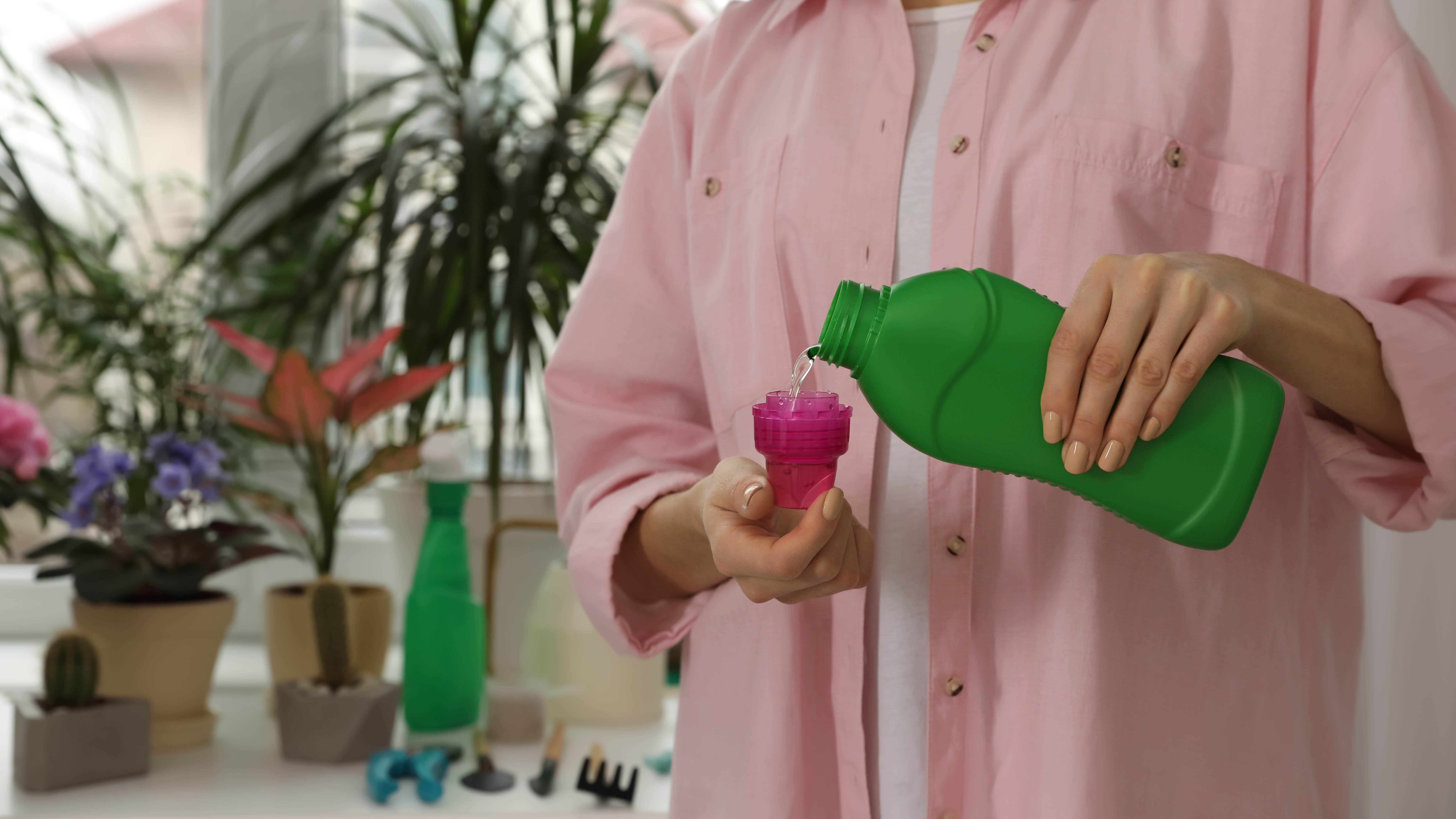
Similarly, experts advise not to fertilize plants or trees during a heat wave. This may cause burning or potential damage to a plant that is already under extreme heat stress. Instead, wait until the temperatures drop before applying fertilizer. “Delay fertilizer applications, and in general, avoid fertilizing stressed plants to avoid any potential damage or burning,” says Valenzuela, “You can apply when conditions improve.”
If you do have any plants that require regular fertilizer however, it’s recommended to plan ahead before a heat wave. “The best tip for plant care during a heat wave is to plan ahead for summer heat stress, before it hits next season. Apply a heat-stress preventative fertilizer before heat sets in. This will help promote strong roots and greater tolerance to heat stress.”
In any case, always monitor and watch the leaves on your plants. Wilting leaves are actually a defence mechanism during a heat wave. This lowers the surface of the leaf away from the harsh sun rays, thus limiting sunburn. Generally, a plant should perk up from following the above tips, but if it doesn’t this might be a sign of over or underwatering. You can check moisture levels with a meter such as this SONKIR Soil pH Meter, MS02 3-in-1 Soil Moisture/Light/pH Tester ($9, Amazon), that can detect soil moisture and pH levels.
More from Tom’s Guide
For all the latest Technology News Click Here
For the latest news and updates, follow us on Google News.
